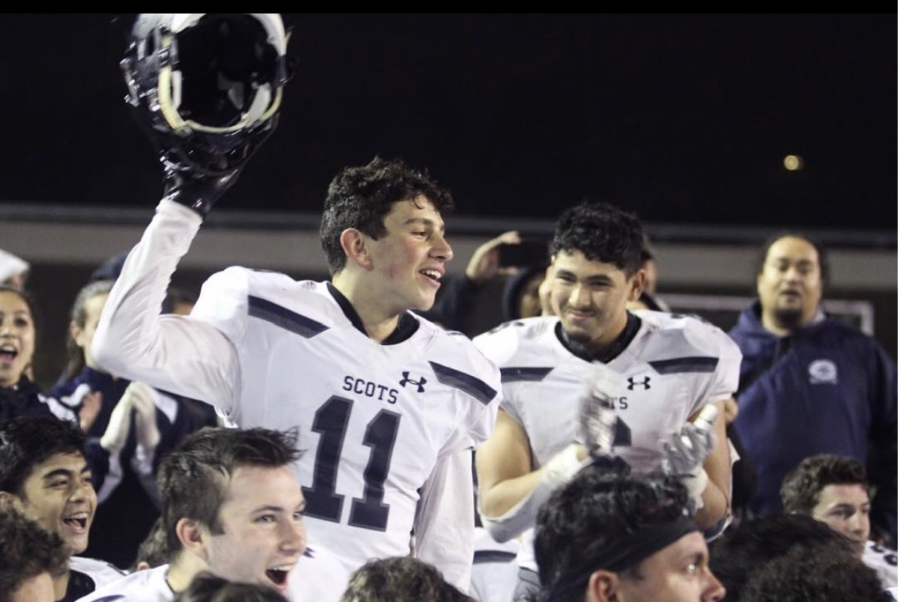Dec. 14, 2012: I heard of the mass shooting at Sandy Hook Elementary; 27 deaths.
June 22, 2018: I got word from a senior at Santa Fe High School of the tragedy that had unfolded at her school; 10 deaths.
Jan. 8, 2019: I found out about yet another shooting; one death.
But this last one hit home; it had occurred in my community.
Mohammad Othman was the guy everyone seemed to know. He played varsity football, was a member of the AVID program, and his infectious laugh rang through the halls of Carlmont.
I had attended school with him for seven years, though I only knew him in passing. Still, I was surprised by how much his death affected me. The range of emotions I felt crystallized my perspective towards gun violence and how the media portrays its victims.

His passing impacted me because he hadn’t been just another story on the news or a biography on Wikipedia. To me, he was a living, three-dimensional personality.
Othman was a senior getting ready for the next chapter in his life, but now that is a life that he will never get to experience.
Othman will never attend the senior prom. Othman will never walk across the stage at graduation. Othman will never be a second-semester senior.
Othman will never get to experience the future.
It isn’t fair.
No matter what factors caused the shooting, no one can deny that children should never die violently. As 17-year-olds, our biggest worries should be doing well on finals, getting into college, and preparing for adulthood—not wondering what you would do if you found yourself staring down the barrel of a gun.
We shouldn’t need to worry about that, but now we have to.
Our society no longer reacts to shootings because they have become normal. It has become easy to turn off the TV when stories regarding shootings are shown on the news, and we can just ignore the many discussions about it. It’s easy to forget that the deceased have communities, friends, and families who are suffering.
The suffering of the Carlmont community after Othman’s death brought home the reality of gun violence to me.
Over the summer I attended a leadership conference and met a girl named Cassie. She attended Santa Fe High School in Santa Fe, Texas, and she described the tragedy that had occurred at her high school a few months prior.
She described herself squeezing into a corner of her Spanish classroom, tears running down her face, hearing the gunshots going off, fearing that she would never see her mom again. Then, when she was allegedly “safe,” she got the worst shock: learning of the deaths of 10 people in her school community.
Seeing the emotion in her eyes as she discussed the horrors that had unfolded before her left me feeling angry and powerless. I couldn’t begin to understand her loss and was upset that the media had done so little to bring proper attention to the tragedy.
The news outlets I had watched focused on numbers: “10 dead” or “six headed to the hospital in urgent care,” instead of the people that had passed away. When they were brought up, it was only as “a varsity soccer player” or as the “president of baking club.” The media had chosen how to portray the victims and had done little beyond that to reveal their true characters.
The victims felt like numbers to me, not people. And, much like the Santa Fe shooting, the media did the same thing to Othman.
The media outlets characterized him as a “varsity football player” or as a “Redwood City teenager.” The media chose their story, packaged their star, and seemed to have little understanding of his true character and personality.
The superficiality of the media’s portrayal of gun violence has taken away from the tragedies because it denies the individuality, and ultimately the humanity, of the victims.
Change needs to be made in the thorough portrayal of victims. When it comes to lazy journalism, enough is enough.
I urge you to remember this: every person has story. And, if they become victims of gun violence, their stories should never die with them.




Julia Rhodie • Mar 11, 2019 at 5:55 pm
Fabulously written in every way possible.